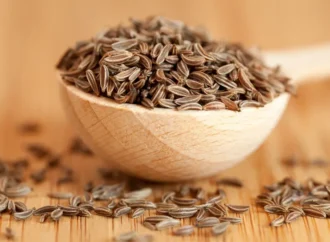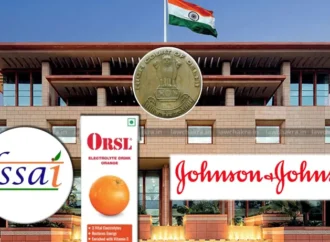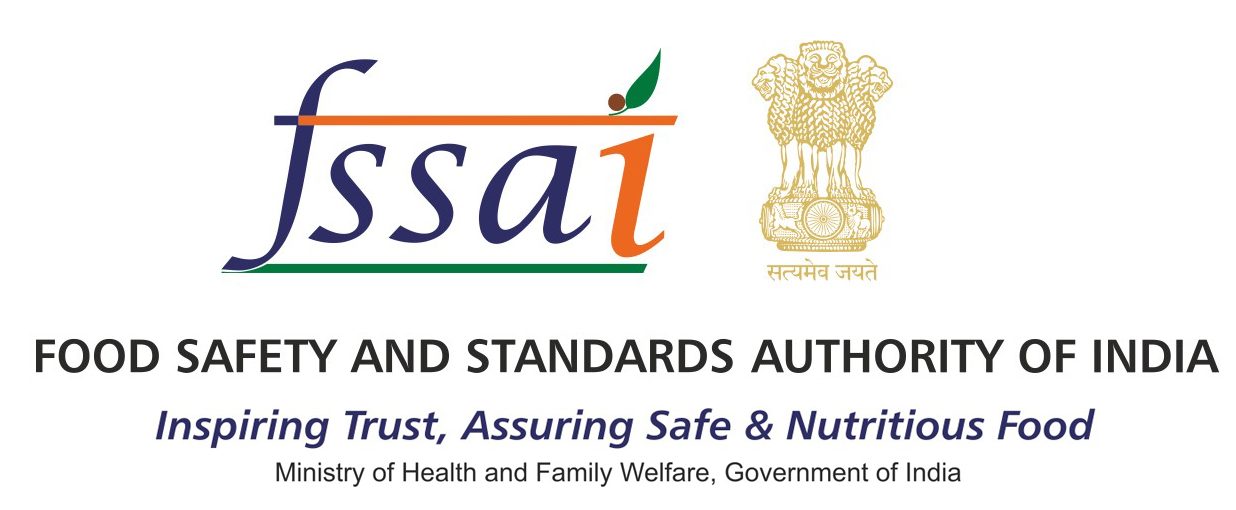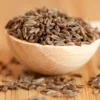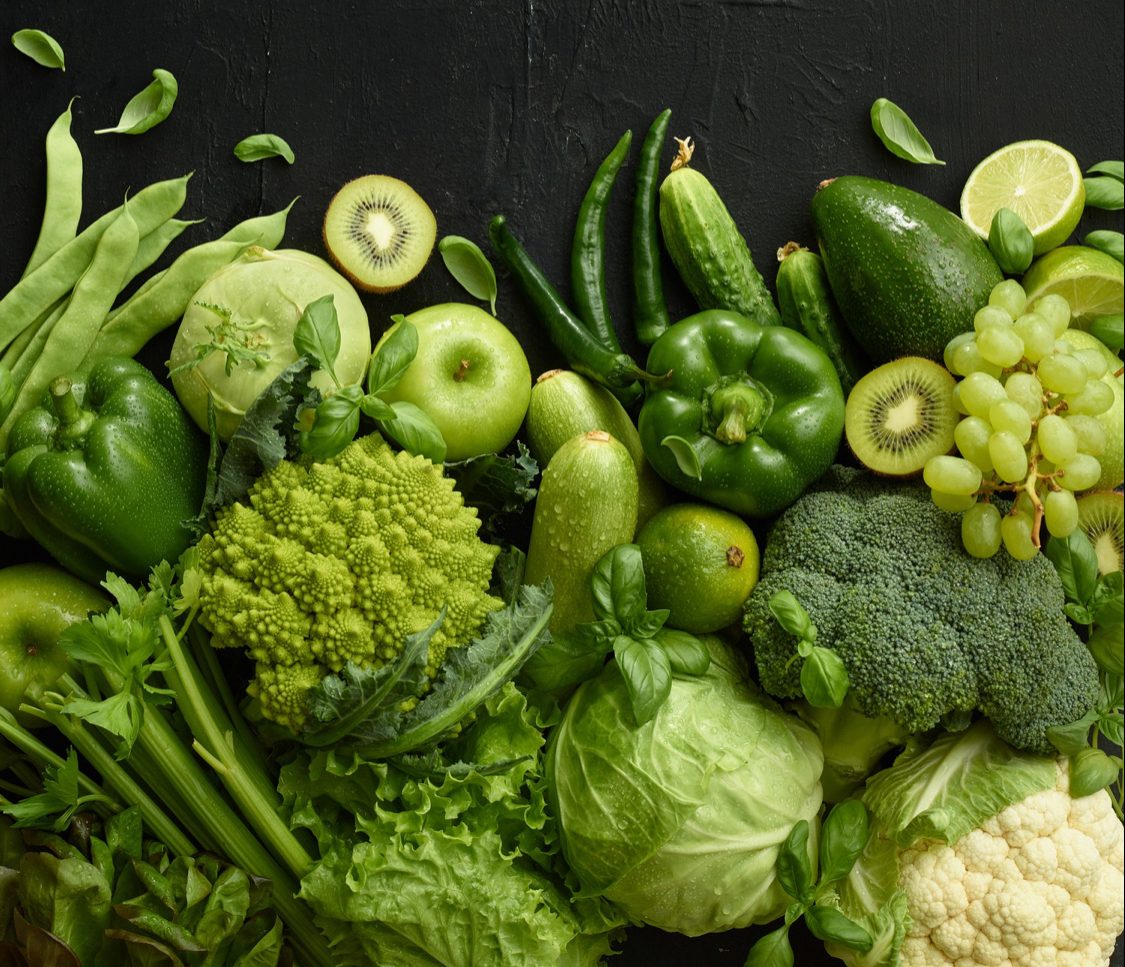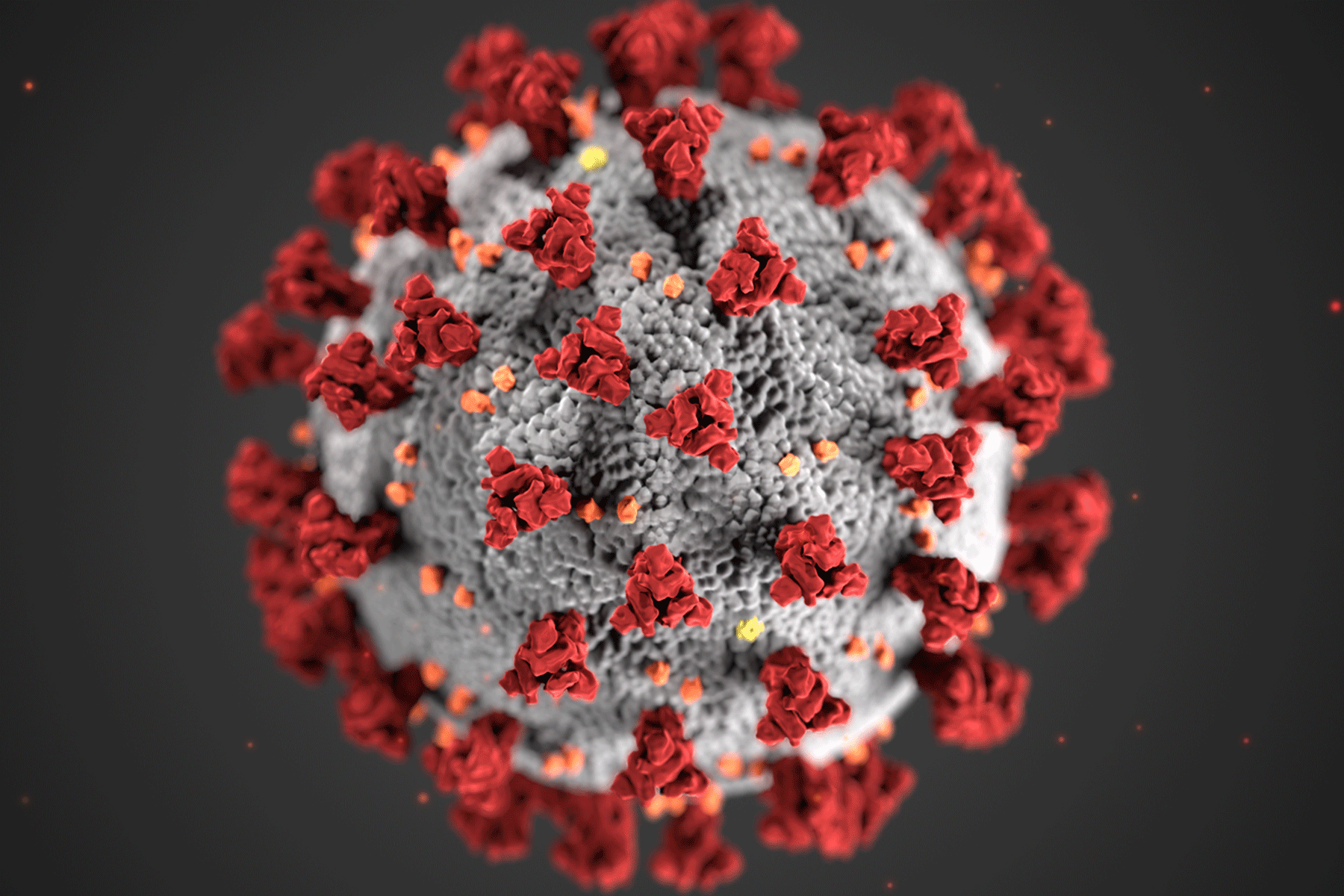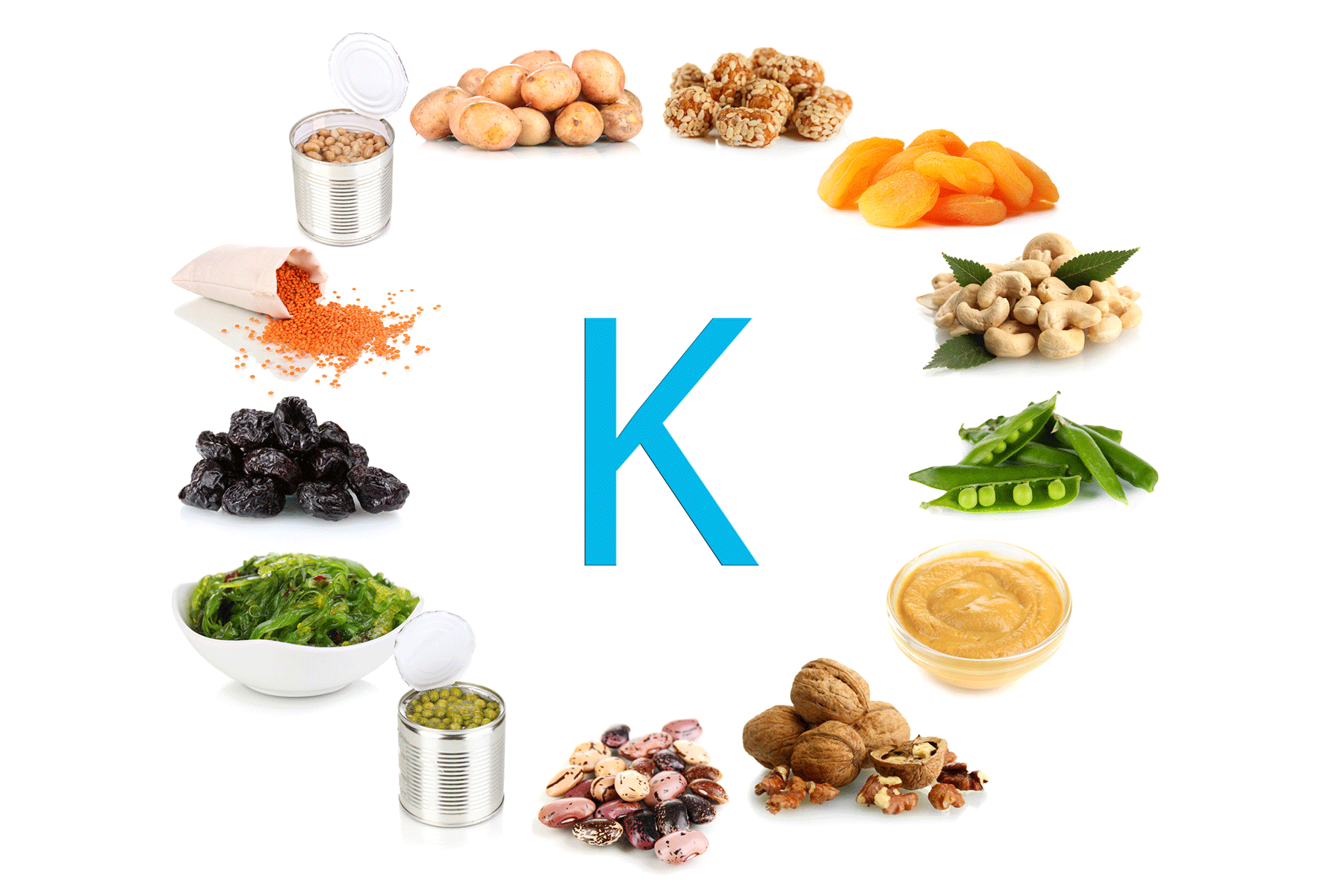Glyphosate, a widely used weed killer or a herbicide, is more common in our food than you might think. Found in grains, cereals, and even fruits, its presence has sparked debates about safety. While regulators say small amounts are harmless, some studies link it to health concerns like gut issues and even cancer. So, how much glyphosate are we consuming? And should we be worried? This article breaks down where it’s found, its potential risks, and simple ways to reduce exposure in your daily diet.
What is Glyphosate?
Glyphosate is a powerful herbicide that disrupts plant growth by blocking a crucial enzyme pathway. Farmers widely use it on crops like wheat, corn, soybeans, and oats to control weeds and improve yields. In some cases, they spray glyphosate just before harvest to dry crops faster, a practice known as desiccation. This extensive use leaves trace amounts of glyphosate in food, raising concerns about long-term exposure and its potential health risks.
Common Sources of Glyphosate in Food

Even if you don’t use herbicide, glyphosate may still be in your daily diet. Here are some common sources:
- Grains and Cereals – Farmers spray wheat, oats, and barley with glyphosate, which later appears in bread, breakfast cereals, and pasta.
- Soy Products – Glyphosate-treated soybeans end up in tofu, soy milk, and processed foods containing soy protein.
- Legumes and Pulses – Farmers often apply glyphosate to lentils, chickpeas, and beans before harvest.
- Fruits and Vegetables – Apples, grapes, and potatoes can carry glyphosate residues from nearby agricultural fields.
- Processed Foods – Crackers, chips, and snacks made from glyphosate-treated grains contribute to daily intake.
Health Concerns: Is Glyphosate Dangerous?
The health effects of glyphosate remain controversial. While regulatory agencies such as the U.S. Environmental Protection Agency (EPA) state that glyphosate is safe at regulated levels, other organizations have raised concerns.
- Cancer Risk – In 2015, the International Agency for Research on Cancer (IARC), a branch of the World Health Organization (WHO), classified glyphosate as “probably carcinogenic to humans.” However, conflicting studies have made this a contentious issue.
- Gut Microbiome Disruption – Some research suggests that glyphosate may alter gut bacteria, potentially leading to digestive issues and immune dysfunction.
- Endocrine Disruption – Studies indicate glyphosate may interfere with hormones, affecting reproductive health and metabolism.
- Kidney and Liver Damage – Long-term exposure in animal studies has shown potential links to kidney and liver toxicity, although more human studies are needed.
How Much Glyphosate is in Our Diet?
While regulators set limits on glyphosate residues in food, testing has revealed that many everyday items contain detectable levels. A 2018 study by the Environmental Working Group (EWG) found glyphosate in popular breakfast cereals and snack bars. Another study by the U.S. Food and Drug Administration (FDA) detected residues in over 60% of corn and soy products tested. In India, independent tests have also found traces of glyphosate in pulses and grains, raising concerns about regulatory oversight and enforcement. However, whether these levels pose significant health risks remains under debate.
How to Reduce Glyphosate Exposure
Although avoiding glyphosate entirely from your daily diet may be difficult, there are ways to limit your intake:
- Choose Organic – Organic foods are grown without synthetic herbicide, reducing the likelihood of glyphosate contamination.
- Wash and Peel Produce – Thoroughly washing fruits and vegetables and peeling them when possible can reduce residue levels.
- Diversify Your Diet – Eating a variety of grains such as quinoa, millet, and amaranth instead of just wheat and oats can help lower exposure.
- Read Food Labels – Some brands test for glyphosate and label their products accordingly.
- Monitor Food Reports – Organizations like the EWG release reports on pesticide residues in food, helping consumers make informed choices.
Regulations and Ongoing Debate
Different countries have different regulations regarding glyphosate use:
- European Union – Some EU nations have moved toward banning or restricting glyphosate use due to health concerns.
- United States – The EPA has set maximum residue limits but continues to approve glyphosate for agricultural use.
- India – The government has restricted glyphosate use in non-agricultural areas but continues to allow its use in farming.
As research continues, some regions are reconsidering glyphosate regulations. Court cases against manufacturers have further intensified scrutiny, leading some companies to explore alternatives.
Conclusion
Glyphosate is a widely used herbicide with potential health concerns, especially when consumed regularly through food. While regulatory bodies insist current residue levels are safe, independent studies and consumer advocacy groups continue to push for stricter controls. Being aware of common sources of glyphosate, choosing organic options, and staying informed about regulations can help minimize exposure and promote food safety. As research progresses, the debate over glyphosate’s safety is likely to continue, making informed consumer choices more important than ever.
 Food Manifest
Food Manifest 




